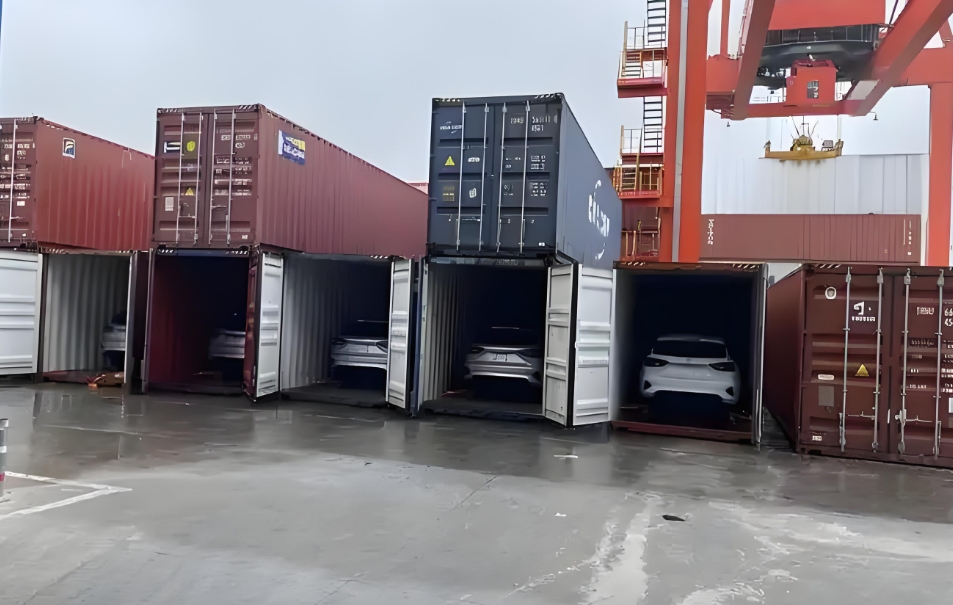What is IMDG in Shipping?
Mastering IMDG regulations to ensure the safe and worry free transportation of dangerous goods by sea
Dangerous goods transportation plays an important role in global trade. To ensure the safety of the transportation of dangerous goods by sea, the International Maritime Organization (IMO) has formulated the International Maritime Dangerous Goods (IMDG) Regulations. So, if you want to transport new energy vehicles with battery packs from China to Saudi Arabia, will this be subject to IMDG restrictions? This article will provide a detailed introduction to the IMDG regulations to help you avoid risks and achieve efficient transportation.
What is IMDG?
IMDG (International Maritime Dangerous Goods) is a globally unified set of regulations for the transportation of dangerous goods by sea, developed by the International Maritime Organization (IMO). IMDG aims to ensure the safety of dangerous goods during maritime transportation, reduce accidents, and protect the marine environment.
What are the main components of IMDG?
- Classification of dangerous goods: IMDG divides dangerous goods into 9 categories, including explosives, compressed gases, flammable liquids, flammable solids, oxidants, toxic substances, radioactive substances, etc.
- Packaging requirements: IMDG specifies the material, structure, and performance requirements for hazardous material packaging to ensure that hazardous materials will not leak or be damaged during transportation.
- Marking and labeling: IMDG requires that corresponding dangerous goods markings and labels must be affixed to the packaging of dangerous goods for identification and warning purposes.
- Transport documents: IMDG specifies the requirements for dangerous goods transport documents, including dangerous goods declaration, transport documents, safety instructions, etc.
- Transportation operation: IMDG has specific requirements for the loading, fixing, isolation, unloading, and other operations of hazardous materials.
How to comply with IMDG regulations?
- Understanding regulations: Enterprises should be familiar with IMDG regulations and master the relevant requirements for dangerous goods classification, packaging, labeling, transportation documents, etc.
- Train employees: Strengthen IMDG training for employees and improve the safety management level of dangerous goods transportation.
- Compliant packaging: Choose hazardous material packaging that complies with IMDG regulations to ensure packaging quality.
- Standardized operation: During transportation, strictly comply with the operating requirements of IMDG regulations to ensure the safety of hazardous materials.
- Timely updates: Pay attention to the revisions and updates of IMDG regulations by IMO to ensure that enterprises always comply with the latest requirements.
What benefits can IMDG regulations bring us?
- Improve transportation safety: comply with IMDG regulations and reduce the risk of dangerous goods transportation accidents.
- Reduce operating costs: compliant transportation can avoid losses such as fines and rejection of goods.
- Enhance corporate reputation: Strictly implement IMDG regulations and showcase a responsible corporate image.
- Promoting international trade: meeting the import requirements of dangerous goods in various countries and helping enterprises expand into international markets.
Mastering IMDG regulations is the cornerstone for Presou Logistics to smoothly carry out dangerous goods transportation as an international freight forwarder. Only by strictly adhering to regulations can we ensure the safe and efficient arrival of dangerous goods at their destination. We always have strict requirements to ensure the safety of dangerous goods transportation by sea!






